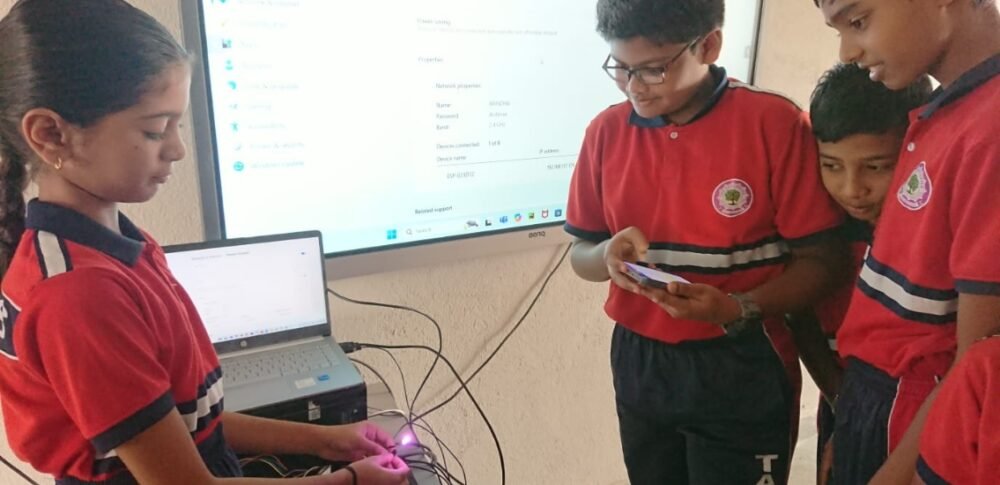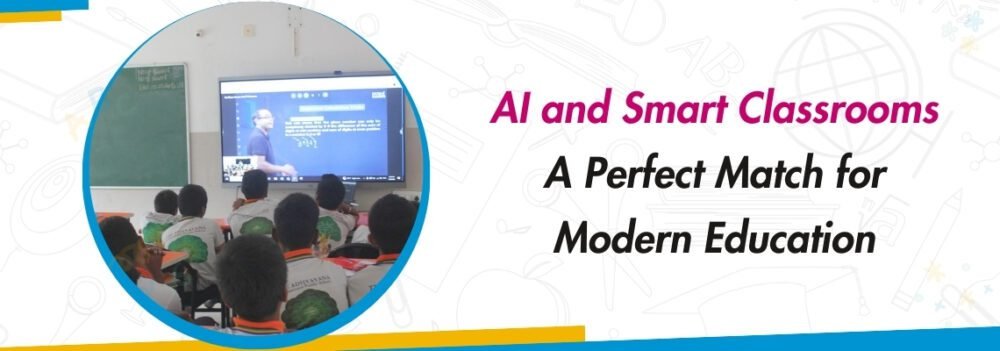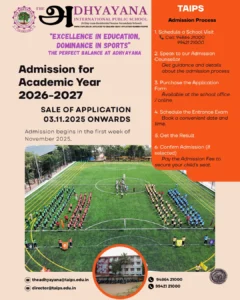The integration of AI and Smart Classrooms is redefining the landscape of modern education. As schools worldwide strive to keep pace with technological advancements, these innovations are emerging as game-changers, offering tailored learning experiences, streamlining administrative tasks, and preparing students for a tech-driven future. This blog explores how the synergy between AI and smart classrooms is shaping the future of modern schools.
What Are AI and Smart Classrooms?
AI and Smart Classrooms refer to the fusion of artificial intelligence (AI) technologies with digitally connected learning environments. Smart classrooms leverage tools like interactive whiteboards, IoT devices, and cloud-based platforms, while AI enhances these systems through adaptive algorithms, data analytics, and automation. Together, they create dynamic, responsive spaces where teaching and learning become more efficient, engaging, and inclusive.
Personalized Learning Experiences for Every Student
One of the standout benefits of AI in schools is its ability to deliver personalized education. Traditional classrooms often struggle to address individual learning paces and styles. AI-powered platforms analyze student performance in real time, adjusting lesson difficulty, recommending resources, and identifying knowledge gaps. For instance, an AI system might detect a student struggling with algebra and provide additional exercises or video tutorials tailored to their needs. This individualized approach fosters deeper understanding and reduces the risk of students falling behind.
Boosting Teacher Efficiency and Creativity

Contrary to fears of AI replacing educators, smart classrooms empower teachers by automating routine tasks. Grading assignments, tracking attendance, and managing schedules can now be handled by AI tools, freeing educators to focus on creative lesson planning and one-on-one mentoring. For example, AI-driven software can instantly grade multiple-choice tests or even provide feedback on essays, allowing teachers to dedicate more time to interactive activities like group discussions or hands-on projects.
Data-Driven Insights for Smarter Decisions
Schools generate vast amounts of data, from test scores to participation rates. AI transforms this data into actionable insights. Administrators can identify trends—such as a decline in math proficiency across a grade—and implement targeted interventions. Teachers gain visibility into each student’s progress, enabling them to adjust teaching strategies proactively. For instance, if an AI system flags a student’s repeated absence during science classes, the school can address underlying issues before academic performance suffers.
Bridging Educational Gaps with Inclusivity
AI and Smart Classrooms are powerful tools for promoting equity in education. Language barriers? AI-powered translation tools help non-native speakers grasp complex concepts. Students with disabilities benefit from assistive technologies like speech-to-text software or adaptive learning interfaces. Rural or underfunded schools can access high-quality digital resources via cloud platforms, ensuring no student is left behind due to geographical or financial constraints.
Preparing Students for a Tech-Centric Future

Schools aren’t just teaching subjects—they’re equipping students with skills for tomorrow’s workforce. Smart classrooms immerse learners in environments where collaboration with AI tools becomes second nature. For example, students might use coding platforms with AI guidance or analyze real-world data sets to solve problems. These experiences nurture critical thinking, digital literacy, and adaptability—skills essential in fields like robotics, healthcare, and renewable energy.
Addressing Challenges and Ethical Considerations
While the benefits are compelling, integrating AI and Smart Classrooms requires careful planning. Data privacy is a top concern: schools must ensure student information is securely stored and used ethically. Additionally, there’s a learning curve for educators adopting new technologies. Investing in teacher training and fostering partnerships with tech providers can mitigate these challenges. Cost is another factor, though scalable solutions like subscription-based AI platforms make the technology accessible to more institutions.
The Road Ahead for Schools
The marriage of AI and Smart Classrooms is not a fleeting trend—it’s the foundation of a transformative educational era. As AI continues to evolve, its applications in education will expand, offering even more innovative solutions. Imagine virtual reality field trips guided by AI tutors or predictive analytics that customize career pathways for students.
AI and Smart Classrooms are revolutionizing modern education by making learning personalized, efficient, and future-ready. While challenges like data security and accessibility persist, the potential to create equitable, engaging, and effective learning environments is undeniable. For schools, embracing this synergy isn’t just an upgrade—it’s a commitment to preparing students for success in an increasingly digital world.
By adopting these technologies thoughtfully, educators can ensure that every classroom becomes a space where curiosity is nurtured, potential is unlocked, and innovation thrives.


